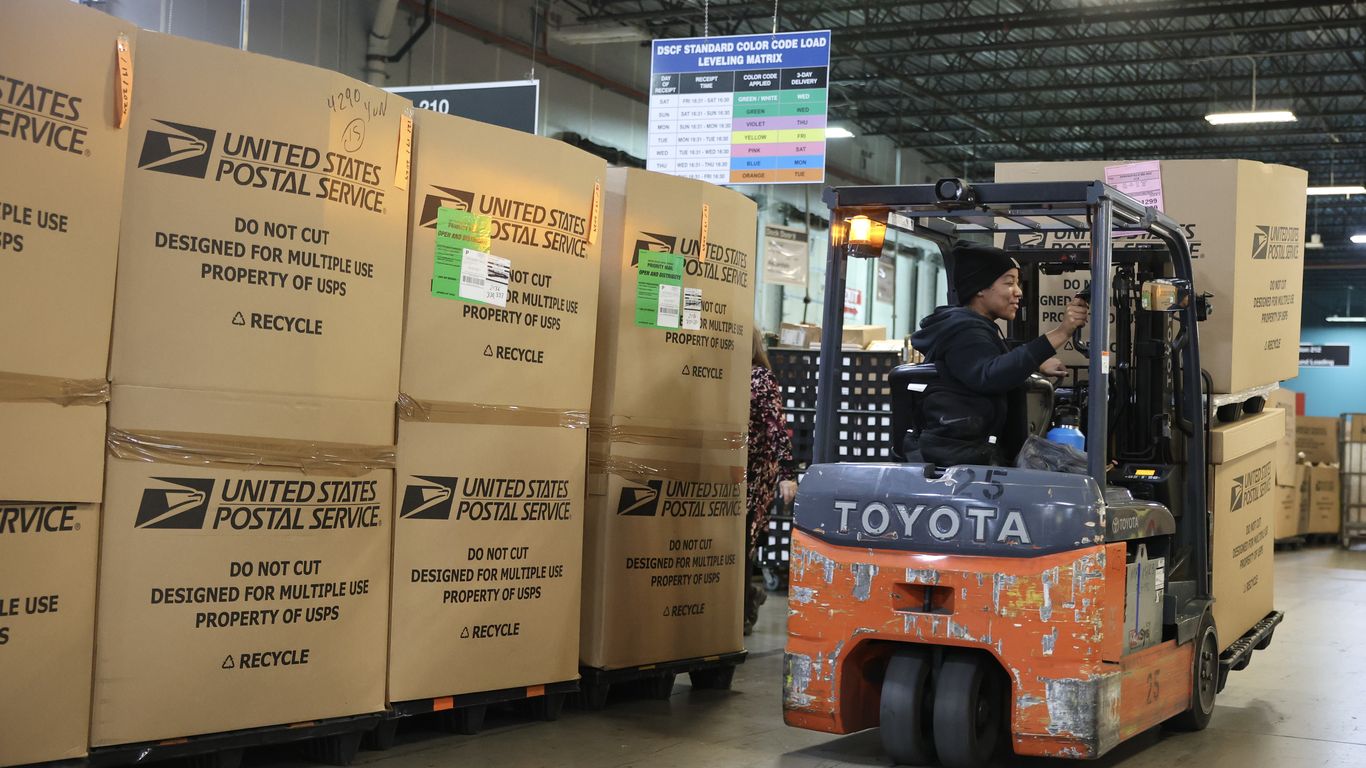
"How it works: From the Latin for a thing of "little importance," the de minimis exemption has historically meant that low-value shipments to the U.S. from other countries did not face tariffs, regardless of other levies on those products or from those countries. Catch up quick: Earlier this year, President Trump ended the de minimis exemption for packages from China, which accounted for 60% of the roughly 1.3 billion such parcels last year."
"The exemption was key to the rise of low-cost Chinese merchants like Shein and Temu. In July, Trump issued an executive order ending it for the rest of the world. The administration believes closing the loophole will generate $10 billion in tariff revenue a year, as well as stem the flow of narcotics, counterfeit goods and weapons from other countries."
The de minimis exemption eliminated tariffs on low-value shipments to the U.S., enabling a surge in small parcels from foreign merchants. Earlier this year the exemption for packages from China was ended, and in July the exemption was terminated for the rest of the world. The administration expects the change to generate roughly $10 billion in annual tariff revenue and to reduce narcotics, counterfeit goods and weapons entering the country. At least 29 European carriers and major Asian and Latin American postal services have suspended or cautioned shipments to the U.S., citing unclear customs processes and data requirements. The rule change is already disrupting deliveries of small-dollar goods to American consumers.
Read at Axios
Unable to calculate read time
Collection
[
|
...
]